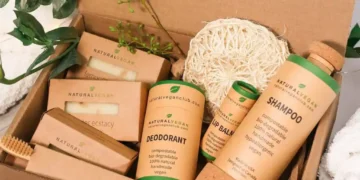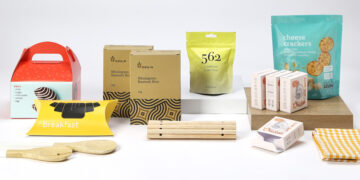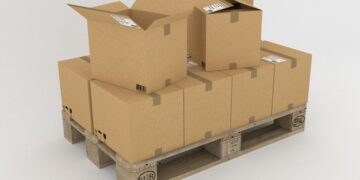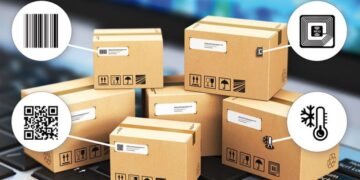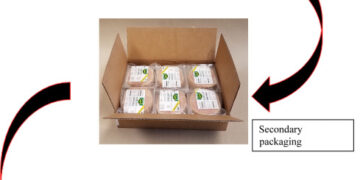Recyclable packaging materials are the future of packaging. We now have a variety of recyclable, biodegradable and compostable packaging options available to manufacturers. These new materials help make packaging more environmentally friendly and cost-effective.
Recycling is an important part of the circular economy, which makes it easier to get rid of products that are no longer needed or are no longer able to be used in their original form. It’s easier than ever to recycle your packaging materials because they are now readily available at most supermarkets and retail stores along with many online e-commerce sites.
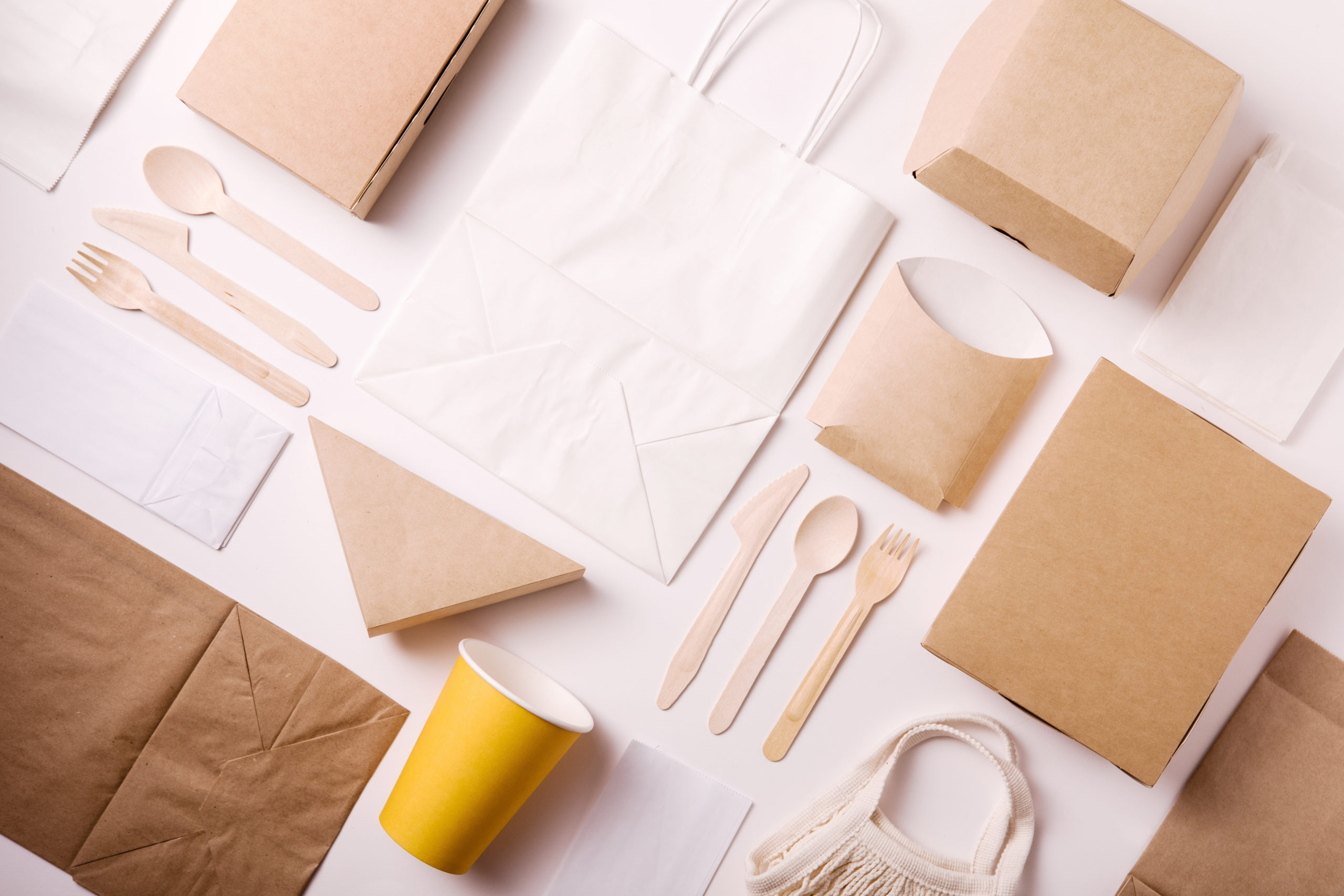
What is the Circular Economy?
The circular economy is an economic model that addresses the continuous cycle of material use and replenishment. It focuses on the use of resources so that they have the best possible lifespan and then can be returned to the system for reuse.
Current manufacturing and supply chains are linear and consume materials at both ends. The circular economy reverses this linear model and utilizes resources at the source, thereby eliminating the need to dispose of materials.
The idea is that we shouldn’t be trying to use less material, we should be reusing more, and doing everything we can to recover and recycle those materials that we do use. The focus should be on the length of the life cycle of the materials, not their quantity.
How to Achieve Circular Manufacturing
Recognize that the primary benefits of a circular economy are a reduction in consumption of raw materials, pollution, and greenhouse gas emissions, as well as an increase in the number of raw materials that can be used. As an industry, manufacturers need to start changing the way they view their processes and the amount of material they are using.
This can be done by using different materials and/or reducing the amount of material used in a process. Several different strategies can be used to help achieve a circular economy in your business. One of the best ways to begin implementing a circular economy is to look for ways to reduce the amount of material you’re using.
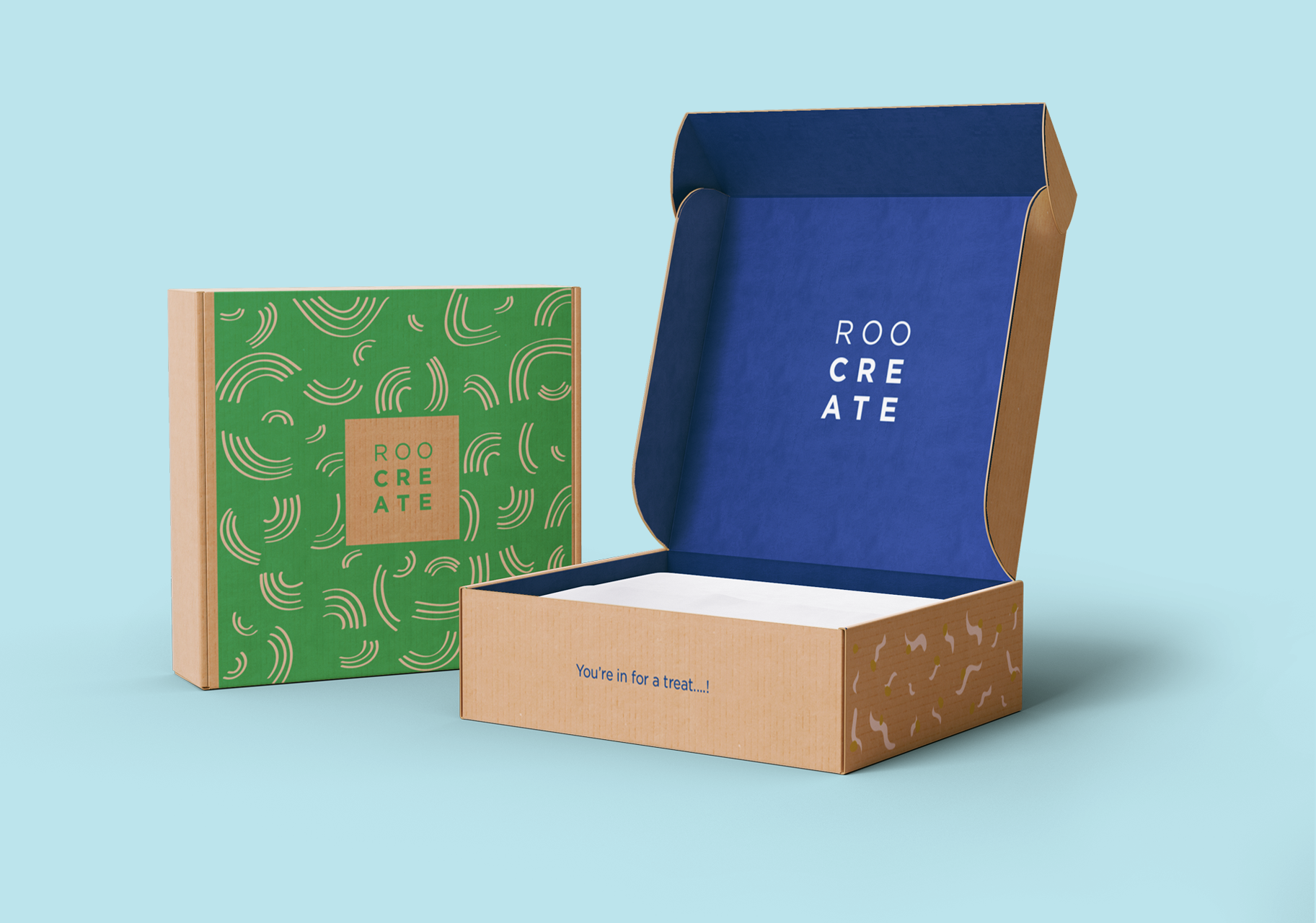
Decide on a strategy for your business
Choose one of the many different packaging strategies that are available today. Your choice will depend on your industry and your current manufacturing volume.
Many different types of packaging can help you achieve a circular economy. From paper-based products to plastics and even glass, there are many options available to you.
Factors to consider when determining your packaging strategy
- The type of product you’re packaging and the type of material used. For example, a food product may be packaged in an aluminium can while a beverage may be packaged in a glass bottle.
- The amount of material used in the packaging process. Some options require less material than others.
- How your packaging affects the environment. Some packaging options may require less energy to produce than others.
- What your costs are for production? You’ll want to look at both materials and labour costs.
- The climate where your business is based. It’s important to keep in mind that if you’re manufacturing in a climate that is very hot or cold, you may want to reconsider where you’re manufacturing your products.
The 4R’s of packaging: Reduce, Reuse, Recycle, and Rotate
- Reduce – Choose materials that have a lower environmental impact.
- Reuse – Choose materials with a higher potential for reuse. For example, choose paper over plastic that’s been used once.
- Recycle – Choose materials that have a higher potential for recycling. For example, aluminium cans have a high potential for recycling, so choose that over glass.
- Rotate – choose materials that have a lower environmental impact but also a higher potential for re-use. For example, choose a material that’s lower in the potential for recycling but also has a high potential for re-use.

Some examples of promising new packaging material innovations
- Bio-based bags. Bio-based bags are made from plant-based materials like beet sugar or cellulose. They are biodegradable, renewable, and recyclable. These bags have a lower carbon footprint than traditional plastic bags and can be used over and over again. They’re also a great choice for food packaging, which means you don’t have to keep replacing them.
- Carbon-negative packaging. This is a packaging material that removes CO2 from the atmosphere, making it a carbon-positive product. Some materials that are used to bottle liquids, like sugar cane, will grow again when the sugar is removed. This means the packaging can be reused.
Conclusion
The best way to protect the environment and save money is to reduce the amount of packaging you’re using. This is especially important when it comes to packaging food and beverages, as both are high-consumption products.
By choosing higher-quality materials and implementing strategies like re-use, recyclability and rotational manufacturing, you can help reduce the negative environmental impacts caused by packaging. Achieving a circular economy may seem like a challenge, but it can be done. The most important thing is that you start implementing change today by reducing the amount of packaging you’re using.


